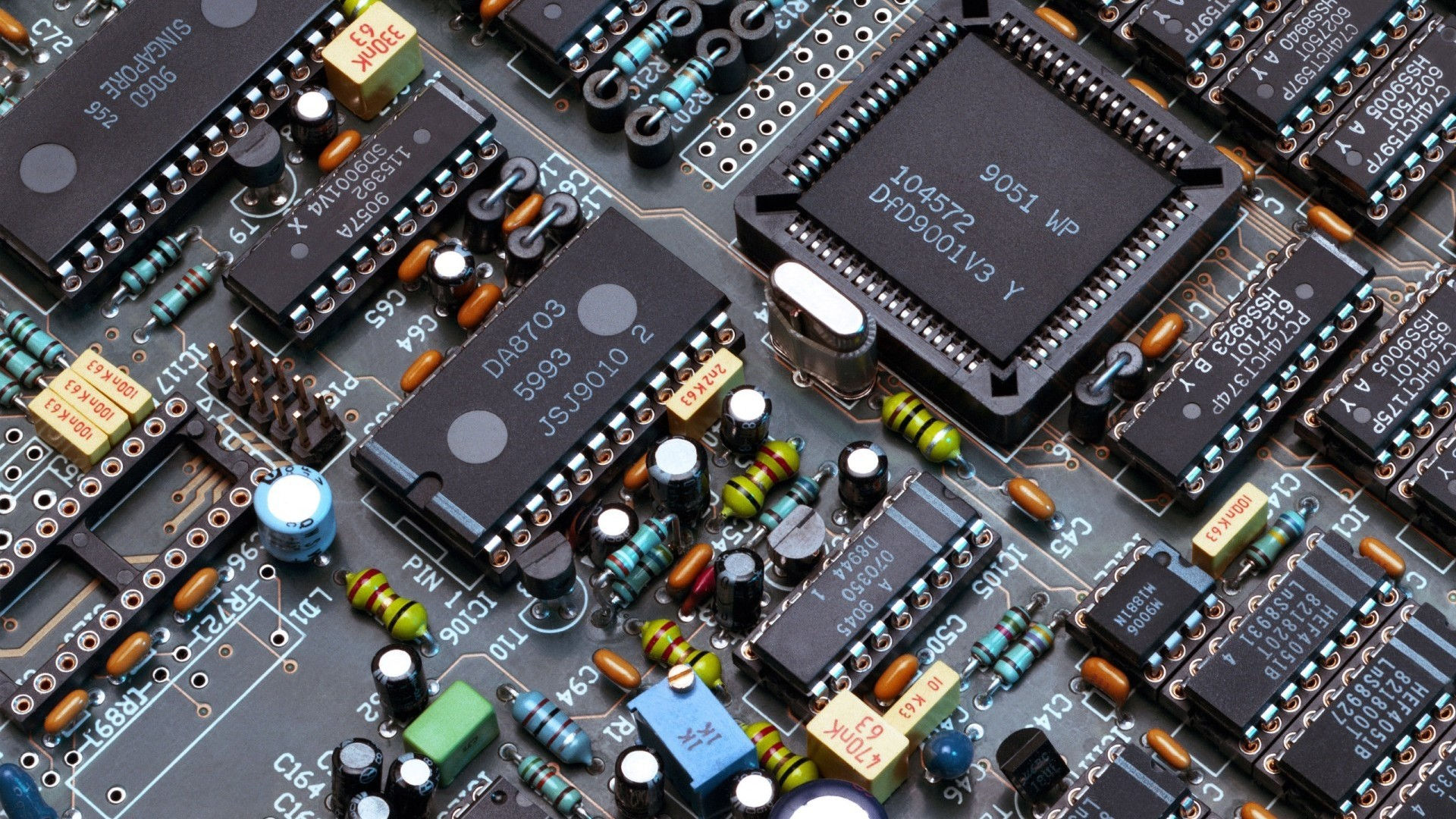
Hot Boys Est. 1998
Khalid Cooper
Parts of a computer
-
CPU: CPU is the abbreviation for central processing unit (meaning the processor). The CPU is the brains of the computer where most calculations take place.
-
Motherboard: The main circuit board inside a computer that everything in the computer plugs into and contains the central processing unit, the bus, memory sockets, expansion slots, and other components (the CPU, RAM and cache all plug into the motherboard).
-
Ram: Random Access Memory. The working memory of the computer. RAM is the memory used for storing data temporarily while working on it, running application programs, etc.
-
ROM: Read-Only Memory. Memory that can be read but not changed.
-
Graphic Processing Chip: A graphics processing unit is a single-chip processor that creates lighting effects and transforms objects every time a 3D scene is redrawn.
- Hard Disk Drive: (HDD). A disk drive that reads from and writes to a hard disk.
-
Video Graphics Card: An accelerator card to enhance 3D graphics, 2D graphics, videoconferencing, and multimedia.
-
Sound Card: This device allows your computer to reproduce music, sounds and voices.
-
Video Monitor: Refers to recording, manipulating, and displaying moving images, especially in a format that can be presented on a television.
-
Keyboard and Mouse: 2 peripherals used to control the computer.
-
Network Interface Card: An adapter board which is plugged into a computer so it can be connected to a network.
-
CD ROM/DVD ROM: A type of optical disk capable of storing large amounts of data up to 1GB, although the most common size is 650MB (megabytes).
-
CD RW/DVD RW: Short for CD-ReWritable disk, a type of CD disk that enables you to write onto it in multiple sessions.
-
USB: A small, portable flash memory card that plugs into a computer's USB port and functions as a portable hard drive.
-
PCI Expansion Port: Peripheral Component Interconnect is a local bus standard. Most modern PCs include a PCI bus in addition to a more general ISA expansion bus.
-
Flash Memory: A special type of EEPROM that can be erased and reprogrammed in blocks instead of one byte at a time.
-
Power Supply Unit & Fan: Also called a power supply unit or PSU, the component that supplies power to a computer.
-
Desktop Case: A case for the main components of a computer system that usually sits on the desk underneath the monitor.
-
Scanner: An input device that reads images or text and converts the data into digital signals.
-
Digital Camera: A camera that takes pictures without film, and records the images in digital form. The camera stores the snapshots in its memory for transfer to a computer.
-
Web Cam: Computer-driven video camera accessable on the Internet with a web browser.
-
Card Reader: A card reader is a data input device that reads data from a card-shaped storage medium.
Q&A
-
What is the difference between RAM and ROM
-
RAM or Random Access Memory is a source of data that is deleted when you turn off your computer where as ROM or Read Only memory is stored forever
-
What is the difference between a DVD ROM and a DVD RW?
-
DVD ROM you can only store data on and never be deleted. DVD RW is a re-writable disk
-
What is the capacity of a single layer DVD-ROM disk in GB?
- 4.7 GB for a single layer
-
What is the capacity of a typical CD-ROM disk in MB?
-
the standard is 700mb





















